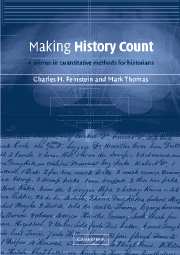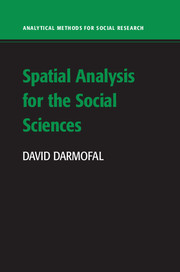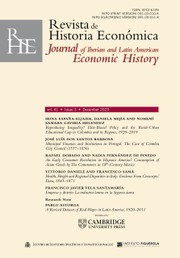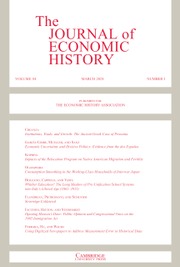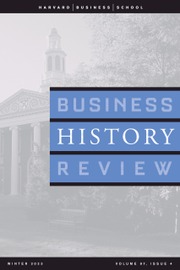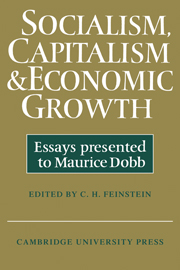Making History Count
This authoritative guide to the use of quantitative methods is designed to be used as the basic text for graduate courses, and is also suitable for upper-level students. Making History Count is written by two senior economic historians with considerable international teaching experience. The text is clearly illustrated with numerous tables, graphs and diagrams, leading the student through the various key topics. It is supported by five specific historical data-sets, available electronically in downloadable and manipulable form.
- Major new text on core technique in economic and social history by world-class author team
- Does not require more than basic arithmetic
- Innovative use of supporting website, to permit manipulation of data in various exercises
Reviews & endorsements
"...no competitor text is, to my knowledge, as effective in taking the student from the basics of descriptive statistics through to the intricacies of multiple linear regression." Roger Middleton, University of Bristol
"Feinstein and Thomas present basic statistical techniques based primarily on intuitive understanding and application of concepts aimed at mathematically sophisticated readers. The material is presented with great clarity.... Recommended." Choice
"The best textbook on statistical methods ever written for a historical audience." J. Morgan Kousser, California Institute of Technology
Product details
October 2002Paperback
9780521001373
572 pages
256 × 178 × 40 mm
1.258kg
1 table
Available
Table of Contents
- Part I. Elementary Statistical Analysis:
- 1. Introduction
- 2. Descriptive statistics
- 3. Correlation
- 4. Simple linear regression
- Part II. Samples and Inductive Statistics:
- 5. Standard errors and confidence intervals
- 6. Hypothesis testing
- 7. Non-parametric tests
- Part III. Multiple Linear Regression:
- 8. Multiple relationships
- 9. The classical linear regression model
- 10. Dummy variables and lagged values
- Part IV. Further Topics in Regression Analysis:
- 11. Violating the assumptions of the classical model
- 12. Non-linear models and functional forms
- 13. Logit, probit, and tobit models
- Part V. Specifying and Interpreting Models: Four Case Studies:
- 14. Case studies 1 and 2: unemployment in Britain and emigration from Ireland
- 15. Case studies 3 and 4: the Old Poor Law in England and leaving home in the United States, 1850–60
- Appendix A. The four data sets
- Appendix B. Index numbers
- Index.

